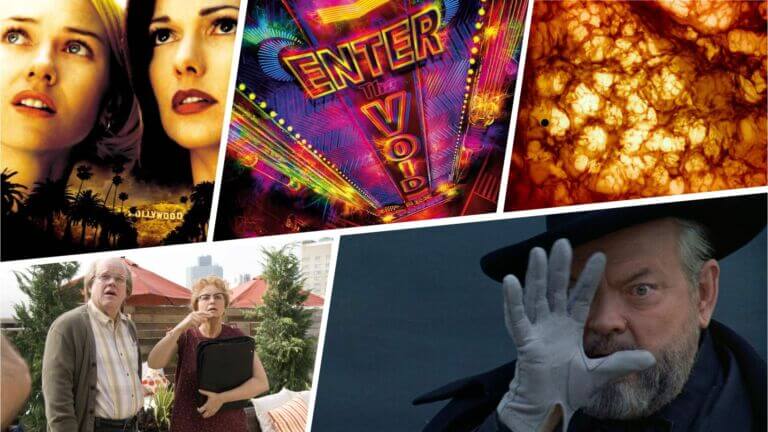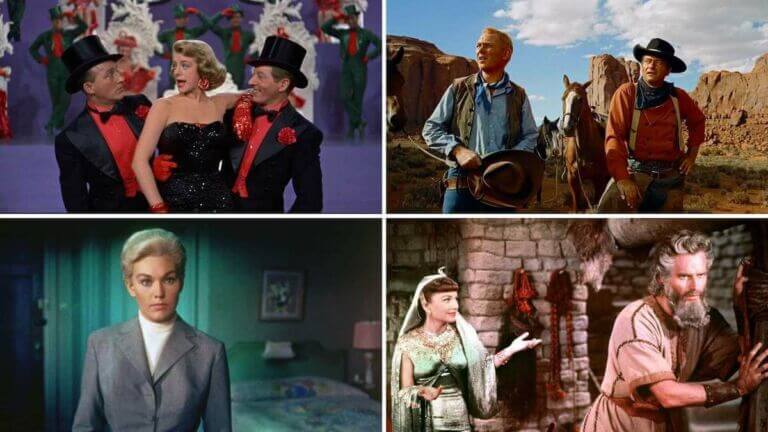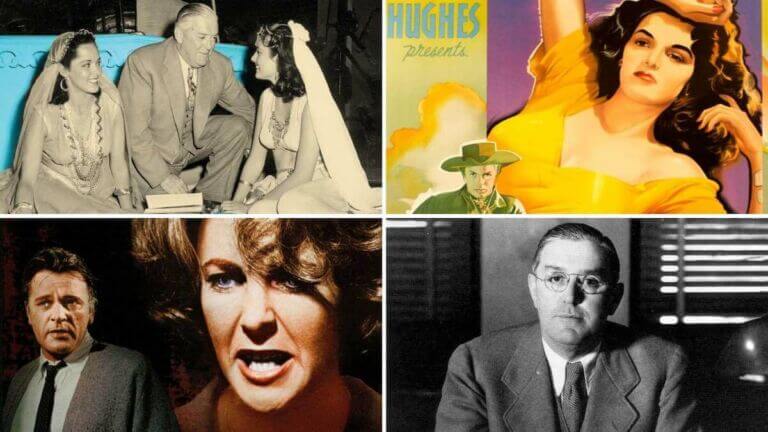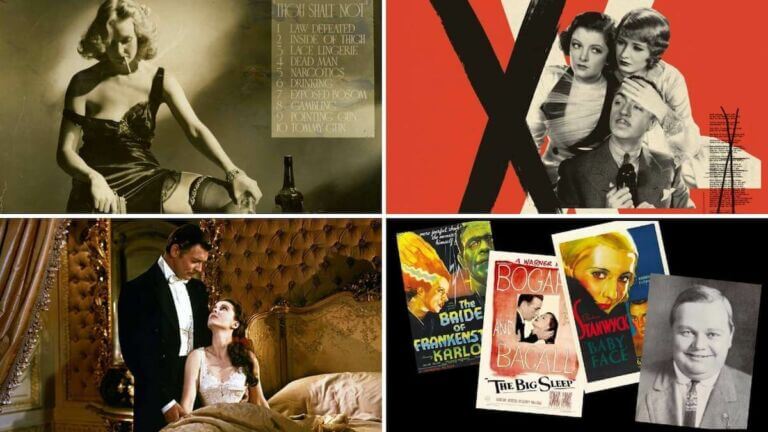What is a Slasher film? The name of this popular horror sub-genre might evoke a strong mental image, but do you know the actual criteria for what constitutes a Slasher film? In this post, we’ll provide a Slasher movie definition, explore the complex history of Slasher films, and take a look at some of the most notable Slasher film examples the horror genre has to offer.Continue reading What is a Slasher Film — Definition, Characters, Villains & Tropes
We do not always place a lot of emphasis or importance on sound, even though its impact on motion pictures is huge. Movies didn’t start with sound, but now they’re part of the package that comes with filmmaking. And while sound in movies has been around since the late 1920s, it would be Dolby Stereo in the 1970s that led a revolution. The name Dolby is no doubt familiar to you, but what is Dolby Stereo, and how did it impact filmmaking and movie watching?Continue reading What is Dolby Stereo — History of Game-Changing Sound in Film
What is realism in film? We hear the term “realistic” all the time, but how do we know if something is realistic when realism is so subjective? Well, in storytelling, there is an objective way to tell whether or not something is realistic. We’re going to explore what realism is and how it's used in film, with examples from Pather Panchali, the Before Trilogy, and more, but first let’s review where realism began.Continue reading What is Realism in Film? Cinematic Realism Explained
What is an experimental film? This elusive and niche genre can be difficult to define, and there are many common misconceptions about experimental filmmaking, but we’ll be sorting through the fact and the fiction to provide a comprehensive overview of what it means for a film to be “experimental”. We’ll get started with a definition, then dig deeper into experimental filmmaking as a genre, and finally close things out by taking a look at some notable examples. Continue reading What is Experimental Film — History, Examples & Movements
Before the 1950s, nearly every single movie was in the same 4:3 aspect ratio. But then CinemaScope from 20th Century Fox changed the landscape with widescreen imagery to get people into theaters nationwide. Pretty soon, other studios were making their own widescreen movies, including Paramount Pictures with VistaVision. What is VistaVision, you ask? Well, it takes a bit of explaining, so if you can, please join us as we look into the origins of VistaVision, what it was like, and why it still matters today.Continue reading What is VistaVision — A History of Widescreen in Hollywood
U.S. Supreme Court Justice Potter Stewart said in his 383 U.S. 463 (1966) ruling that “censorship reflects a society’s lack of confidence in itself.” And Stewart was right: censorship has reflected social culture (or the lack thereof) since the dawn of time. Cinema has not been immune to censorship. In fact, cinema has been subject to censorship for much of its existence – in the United States, in Russia, in China, and just about every other place with cameras and governments. We’re going to break down movie censorship, particularly in the U.S., by looking at some iconic examples. By the…
Have you ever watched an old black and white movie, maybe starring Humphrey Bogart or Katherine Hepburn, and thought some of it was a bit tame? Even when the movies are great, they seem to play it safe? Most of this is a direct result of what is popularly known as the Hays Code, which most movies had to abide by for a period of time. But what is the Hays Code, and is there more to it than just a few rules and limits?Continue reading What is the Hays Code — Hollywood Production Code Explained
Whenever you hear someone talking about the male gaze, you may be asking yourself, “What is the male gaze?” Well, in this post we’re going to tell you. We’re going to explain what we mean by the term “the male gaze” and we’ll show you some examples from recent films. We’ll also give you some suggestions for how you can subvert the male gaze and create a more balanced visual narrative.Continue reading What is the Male Gaze? Definition and Examples in Film
The goal of cinematic storytelling has always been empathy; to move the viewer as close as possible to the story. First, we used moving pictures, then color and sound, 3D, IMAX, CGI, and animation. Now filmmakers are looking towards virtual reality as a way to further immerse an audience. With this technology, the viewer moves beyond the screen to become a participant in the story itself. How do filmmakers use virtual reality in narrative structure? What are the potentials of this next frontier, and how can you apply it today in your own projects? How can you make VR movies?…
In April 2014, a YouTube channel named Every Frame a Painting was created and it changed the course of film criticism forever. Over the course of three years, Every Frame a Painting founders Taylor Ramos and Tony Zhou released 28 video essays addressing everything in film from the style of Akira Kurosawa to the editing of Edgar Wright. But what happened to Every Frame a Painting? We’re going to explore why Ramos and Zhou stopped making video essays – but more importantly we’re going to take a look at what made their video essays so special. Continue reading What Happened…



















